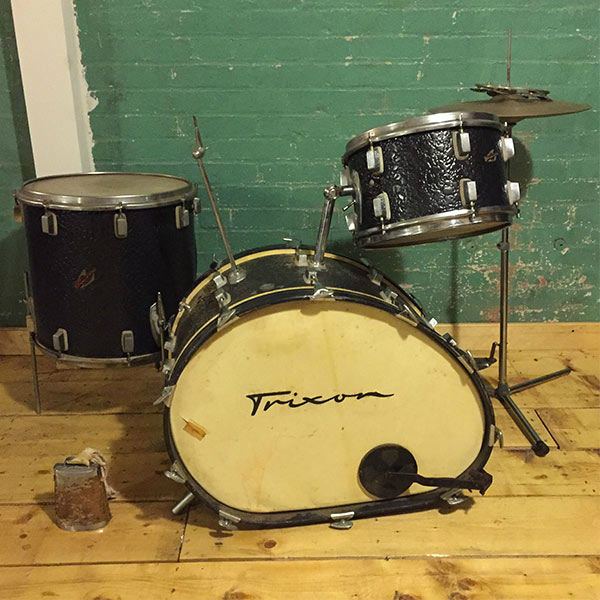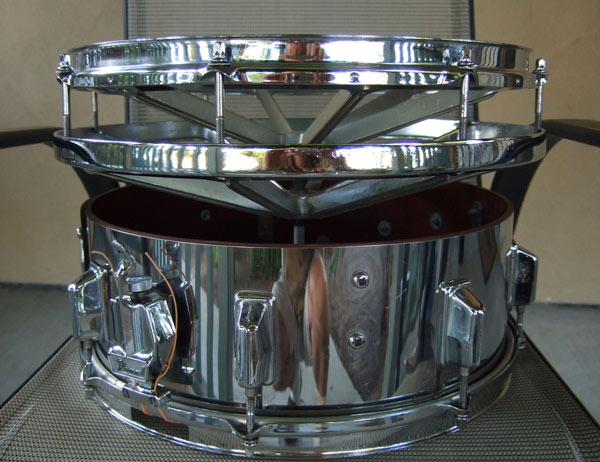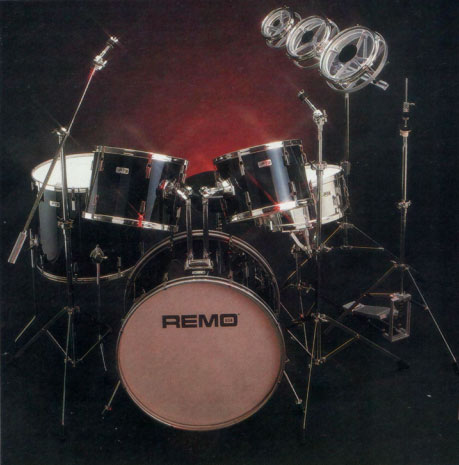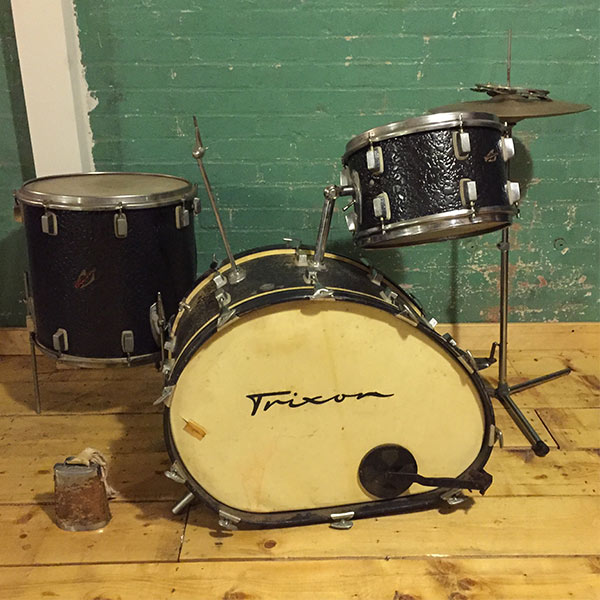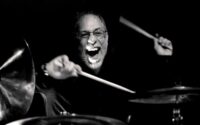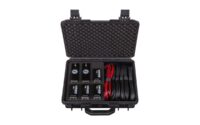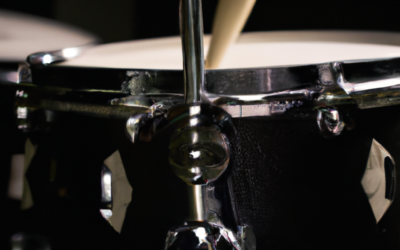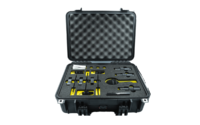Beatit.tv presents some drumming industry’s oddities, which have been forgotten by history…
As we all know, drum kit is a wonderful group of instruments, which constantly evolves. There are new solutions, new companies, new drums and cymbals. All of this happens just to improve the drummers’ situation and comfort. Producers are competing with eachother, because every of them wants to be the most innovative, the most creative or simply the best! It’s a hard work, and it takes a lot of time, money and life energy. Most of times it does work. Somehow there are a situations, where somebody tried a little bit too hard, or came up with something so new, that people just wasn’t mentally ready for it. Here you have five ideas, who supposed to be brilliant, but they simply failed. But there is nothing wrong in failure. It’s a lesson for the future. Take a look at the list:
Pearl Vari-Pitch
Pearl, in a joint venture with Remo, attempted to marry the latter’s popular Roto-Tom tunable frame drums with traditional plywood drum shells. Instant re-tuning was now a breeze, but the heavy hardware and sizable air gap in between the head and shell meant that they didn’t really sound that much different from standard Roto-Toms. Double-headed versions were added to the lineup a couple of years later, but applications where quick pitch changes were required remained fairly limited in the popular music of the day. This, combined with their somewhat ungainly appearance, meant that the drums weren’t particularly widely used – although they did make an appearance on Alex Van Halen’s 1980 touring kit.
Remo Innovator Series Pre-Tuned Drums
In the 1980s, the company devised a way to produce lower cost drum kits with minimal hardware by using their new Pre–Tuned System drumheads. If you’re at all familiar with Remo’s synthetic hand percussion products, you’ve probably played Pre–Tuned drum heads. They’re still in use today on numerous entry– to mid–level ethnic percussion lines. Unfortunately, what works on simple hand drums doesn’t always translate well to the drum kit. The heads, held on by flimsy metal clips, were expensive to replace when they wore out. There was also the issue of tuning itself. Drummers had less control over the sound of their drums, as there was simply no way to fine-tune the sound with a drum key.
Meazzi HiPercussion Series Drums
Case in point comes from Italian drum maker Meazzi, who packed their late–’70s HiPercussion series drums full of outside–the–box ideas. Not the least of which was arguably the very first widely available modular drum rack system of sorts. Rows of multiple toms, cymbals, mic booms and accessories were flown off of horizontal bars anchored into the bass drums. Kits also featured odd–sized 7” and 11” toms and included a timpani–style pedal–tuned floor tom. Finally, the lugs incorporated a quick–release system, allowing for quicker drumhead changes. Though the drum rack would become ubiquitous toward the end of the 20th century thanks to Pearl, Tama, and Gibraltar, anchoring the system to the bass drum shell proved to be a flawed idea. The extra reinforcement necessary severely choked the drum’s sound. Odd–sized toms and pedal–tuned floor toms would be dabbled with in later years by numerous companies, and quick-release lugs would become standard on Yamaha’s high-end kits, proving that Meazzi were ahead of their time—if a tad overzealous with their cutting-edge designs.
Trixon Telstar and Speedfire Drums
Europeans seem to have had a long-standing wild streak when it comes to building drums. Decades prior to Meazzi’s gargantuan kits, German company Trixon was literally bending the mold when it came to drum shell production. In the late ’50s, they introduced two show-stopping lines: the Telstar, featuring conical drum shells, and the Speedfire, which was anchored around a bizarre egg–shaped bass drum. The Speedfire’s party trick was that the bass drum effectively became two kicks in one. Drummers could attach a pedal at the large end for a traditional low–end sound, and a second pedal at the smaller end for a tighter, jazzier sound. The reality did not really live up to the expectation, and the drum’s bizarre, hollow tone didn’t do it any favors. Conversely, the Telstar’s conical shells produced a pleasing punch with an especially good sounding bass drum. Normally, the larger end served as the batter head, but players could upend their toms and rotate the kick in order to play the smaller ends if they fancied a tighter, punchier sound.
North and Staccato Horn-Shaped Drums
In the ‘60s and ‘70s, live drum micing equipment and techniques remained relatively primitive, and drummers were constantly battling with ever–louder guitar amps for sonic dominance. For players like John Bonham and Cozy Powell, bigger drums and cymbals were the answer. But for a multitude of players, single–headed “concert” toms were the weapon of choice. However, these drums often spoke with less–than–pleasing tone, requiring muffling that negated the purpose of superior articulation and volume. American Roger North designed flared, horn–shaped toms, snares, and bass drums out of fiberglass that would bear his name and overcome this limitation. The single-headed kicks and toms were extremely loud, spoke quickly, and decayed instantly. Across the pond, UK innovator Pat Townshend developed a parallel idea for his Staccato drums, using a notched horn shape designed to provide a lower fundamental pitch without the need for large diameters or low tuning. Chris Slade, Nicko McBrain, and yes, even John Bonham all used these otherworldly instruments at one time or another. Even Ludwig got into the game—albeit in a more cost-effective manner–by marketing “Sound Projector” attachments for their single-headed outfits. Sadly, the sonic effects were minimal and the flimsy plastic cracked easily, so many players simply left them at home or threw them out altogether. Ultimately, the cost constructing such exotic shapes (not to mention storing and transporting them) kept these space-age drums out of the hands of many working musicians. As traditional drum manufacturing methods continued to evolve alongside micing techniques, the need for such extreme sonic gymnastics quickly evaporated.
What do you think about all these products? Have you encountered them before? Feel free to comment!
Source of information: https://reverb.com/
Share

